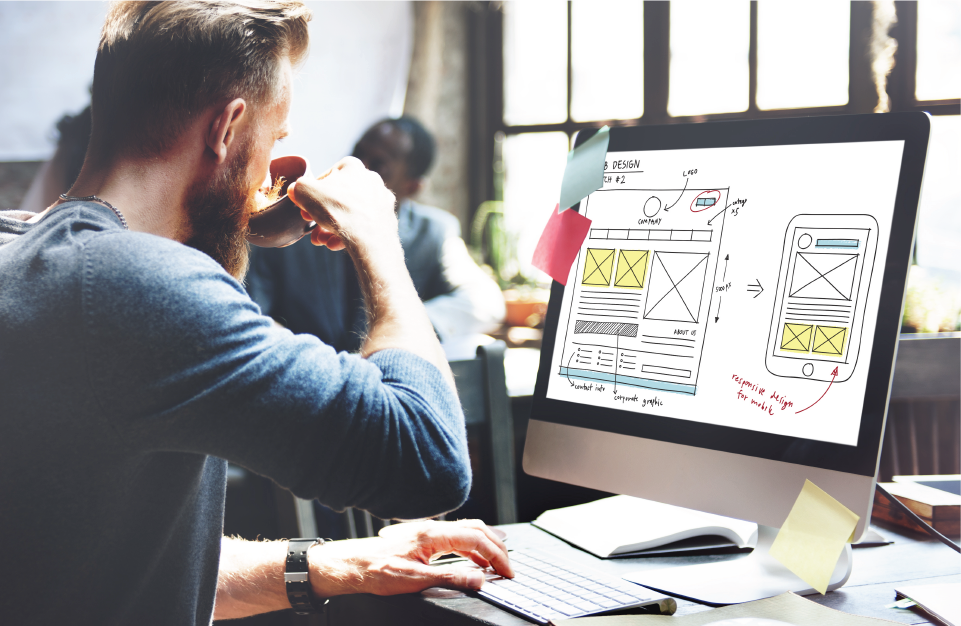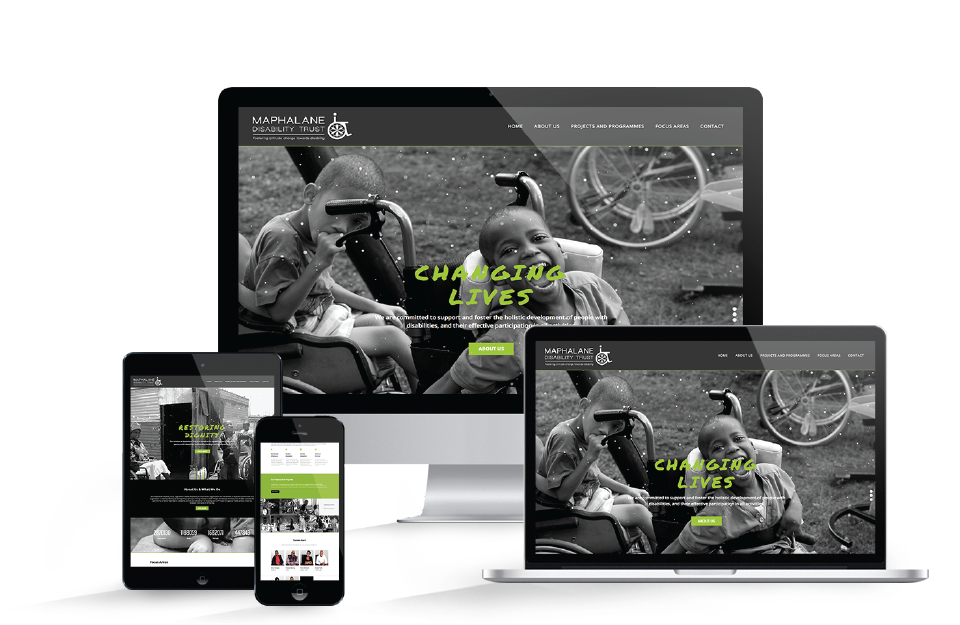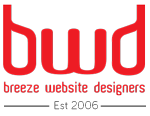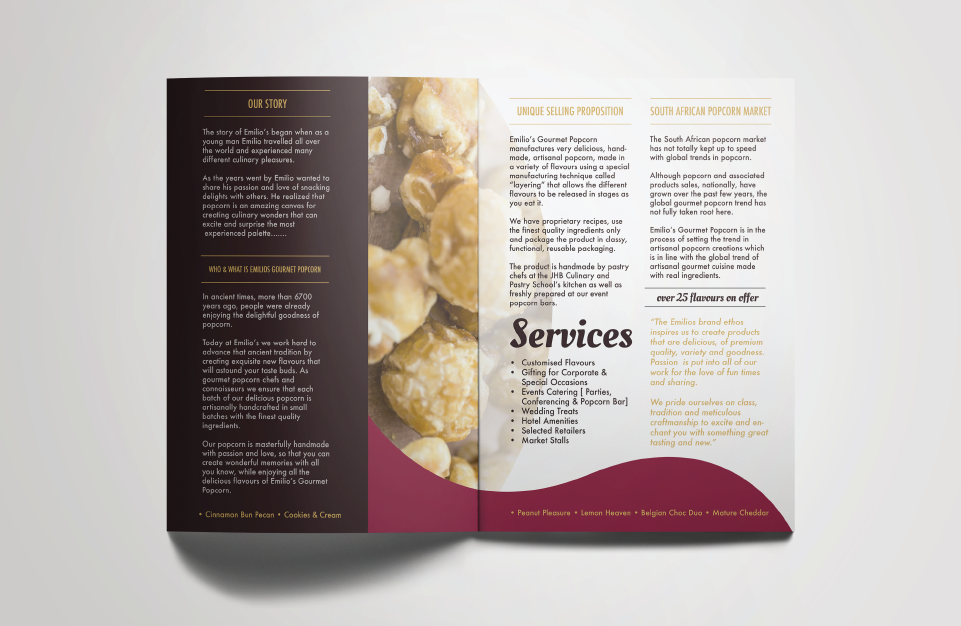26 Sep Challenging Design: Applying the Process for Business Use
“Good design is innovative, useful, purposeful, aesthetic, understandable, honest, focused, resourceful and long lasting”. These characteristics exist in a ‘creative vacuum’ if the journey of design thinking cannot be mapped through a process that allows both the client and the creative to engage with a project on a common level, from initiation to completion. A clear structure enables the designer to navigate the project goals and deliverables and allow them to explore the project for areas of creative opportunity from a more deliberate perspective. Activities such as research, strategy, development, refinement and production allow the designer to begin to solve the challenges of the project and, ultimately, solve a problem for your business.
Project Initiation
This first stage is critical to the success of any project. It involves the collection of material required to understand the client, their company, project needs and objectives. It is then important that the client and designer engage directly and a project brief is filled out to iron out questions like target markets, project scope, expectations and timelines. A company profile should always be provided where available. The more information a designer has available in their toolkit, the better the product they create and the fewer revisions between stages.
Research
Following a project initiation, further research is conducted to develop an understanding of the client’s competitors, market trends and end users. This allows the designer to ensure that the project communicates a sense of relevancy with its consumers or users and differentiates itself from its competitors. The designer will also use the information already supplied and expand on it gauge background history, employees, existing clients or gather additional industry specific information to position the client or company within a contextual framework.
Strategy
Strategy usually determines the long-term plan for achieving the project goals and objectives using an analysis of the information supplied and the research conducted. Strategy is usually implemented for projects with a larger scope that require a definitive alignment with other project activities; undertaking a brand overhaul for example would require some kind of brand strategy to compliment the various projects. Strategies are also useful for campaign pitches that map out everything from concept execution and resources to the budget plan for the convenience of the client awarding the project.
 Development & Design
Development & Design
Once a clear understanding of the above three stages has been achieved, the designer will begin to visually map out a variety of initial concepts, rough drawings, layouts, font, colour and image choices. This stage is both the most conceptual and creative for the designer or creative team and provides a starting point for the look and feel of the project. Internal review processes between members of the creative team will help narrow down the options before presentation to the client.
 Maphalane Disability Trust: Website Design
Maphalane Disability Trust: Website Design
Presentation/Refinement
The best options from the development and design stage are supplied to the client for review and the opportunity for changes and revisions, or project approval, is provided. Any revisions would be communicated to an account manager and implemented by the designer before representing. The design presentation is often managed through the use of mockups, to give an idea of the final product, accompanied by a strong rationale of the concept. Assuming that an adequate amount of time and energy has been dedicated to the activities of stages one through three, the need for revisions should be negligible. Following the revision and/or approval, the designer can move on to completing the remaining deliverables.
Emilio’s Gourmet Popcorn: Business Profile design
Production/Launch
The remaining production on a project will implement the remaining content and resources supplied at the onset of the project. For a website this may include loading copy, contact details, employee images or products onto the remaining pages of the site. The production stage would be supplemented by a final client review before all deliverables are packaged and sent out either for printing or launching. [In the case of a website ‘go-live‘ or a campaign activation for example]
 Completion
Completion
The final stage in the process is managed largely between the account managers and the client. This has little to do with the designer, however, assuming that the clients needs and objectives have been met through the above process, a continued partnership for potential future projects can be ensured, and with it the convenience for both client and service provider of familiar business opportunities and working relationships.
Understanding the design process is often limited to the activities outlined in the Development and Design stage. It is important, as a client and/or business owner looking for a partner in design, to identify the agencies that jump straight into design and those that implement the above structure as a model for their working methods. These are the agencies, designers and creative that are going to help you, as the client, track the process, and progress, of your project in a way that offers you a shared entry point and understanding into their activities, thoughts and perspectives, as they are applied to your business. You will happily find that it is these people that will also tick all the boxes of ‘good design’ along the way.
See the condensed version of our design process here.






